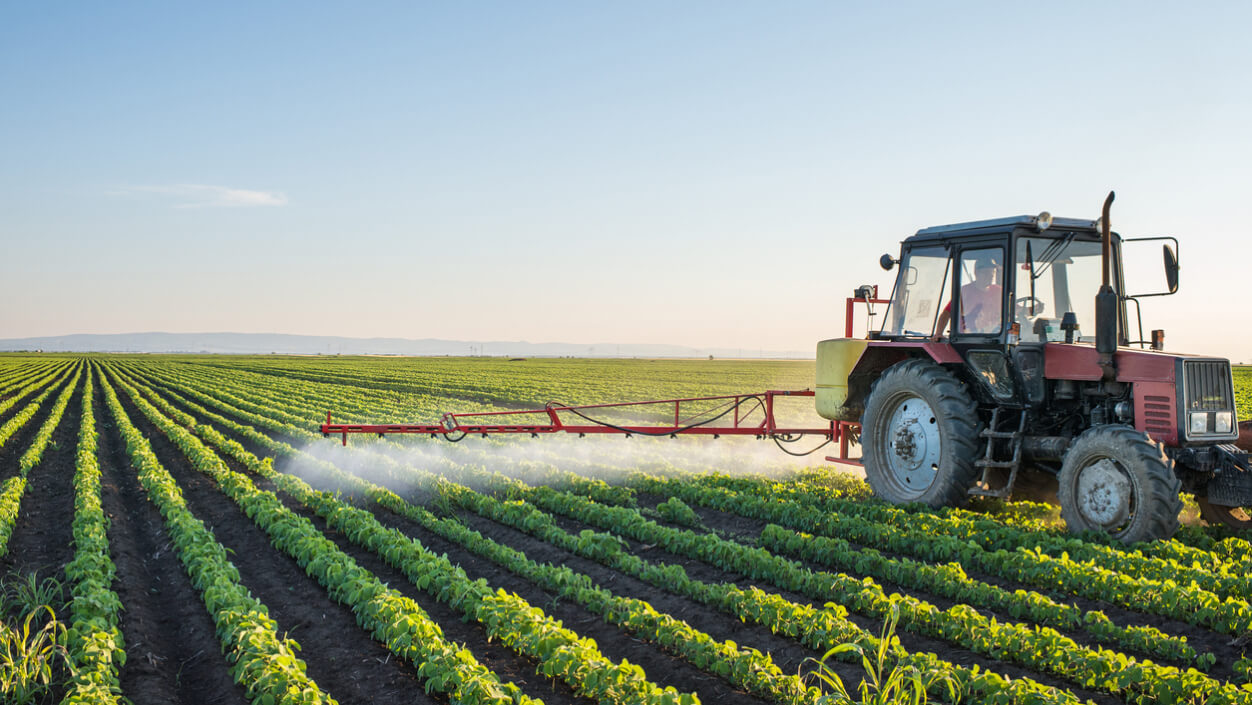Asbestos is a naturally occurring mineral that is commonly used in many industries, including agriculture, due to its heat-resistant properties. However, over time it was discovered that asbestos fibers are incredibly dangerous to human health, causing lung diseases such as mesothelioma and asbestosis. Despite this knowledge, asbestos is still present in many agricultural products and equipment, posing a hidden hazard to workers and consumers alike. Asbestos can be found in a variety of agricultural materials, including insulation, roofing materials, and even in some pesticides.
Asbestos is a mineral fiber that was once widely used in a variety of industrial and construction applications. Despite being banned in many countries due to its carcinogenic properties, asbestos is still present in many buildings and products around the world. However, what many people don’t realize is that asbestos can also be found in agricultural settings, where it poses a significant health risk to farmers, agricultural workers, and even consumers.
In this article, we will explore the dangers of asbestos in agriculture, how it can be found in the industry, and what steps can be taken to protect those who work in this field.
What is Asbestos?
Asbestos is a naturally occurring mineral that was once widely used in a variety of products, including insulation, cement, and textiles. It was prized for its durability, heat resistance, and insulating properties. However, it was discovered in the mid-20th century that asbestos fibers can cause serious health problems when inhaled.
When asbestos fibers are inhaled, they can become lodged in the lungs, leading to scarring and inflammation. Over time, this can cause a number of respiratory diseases, including asbestosis, lung cancer, and mesothelioma, a rare and aggressive form of cancer.
Asbestos in Agriculture
Asbestos can be found in a number of agricultural products and settings. One of the most common sources of asbestos exposure in agriculture is through the use of asbestos-containing pesticides. Prior to the 1970s, many pesticides contained asbestos as an inert ingredient. While asbestos is no longer used in pesticides, some older products may still be in use or stored on farms.
Asbestos can also be found in a number of other agricultural products, including:
- Insulation in farm buildings and silos
- Roofing materials
- Flooring tiles
- Gaskets and seals on farm equipment
- Brake linings on tractors and other vehicles
- Clothing and protective gear worn by agricultural workers
The use of asbestos-containing products in agriculture poses a significant health risk to farmers, agricultural workers, and even consumers of agricultural products. Workers who are exposed to asbestos fibers on a regular basis may be at an increased risk of developing respiratory diseases, including lung cancer and mesothelioma.
Protecting Agricultural Workers
The use of asbestos in agriculture is largely regulated by government agencies, including the Environmental Protection Agency (EPA) and the Occupational Safety and Health Administration (OSHA). These agencies have established guidelines and regulations to help protect workers from exposure to asbestos.
Farmers and agricultural workers can also take steps to protect themselves from exposure to asbestos. These include:
- Wearing appropriate personal protective equipment, such as respirators and disposable coveralls
- Following safe handling procedures for asbestos-containing products
- Avoiding the use of older pesticides and other products that may contain asbestos
- Regularly inspecting farm buildings and equipment for signs of asbestos-containing materials
Conclusion
Asbestos is a serious health hazard that can be found in a variety of products and settings, including agriculture. Farmers, agricultural workers, and even consumers of agricultural products are at risk of exposure to asbestos fibers, which can cause serious respiratory diseases. However, by following safe handling procedures, wearing appropriate personal protective equipment, and avoiding the use of asbestos-containing products, it is possible to minimize the risk of exposure and protect those who work in this important industry.




